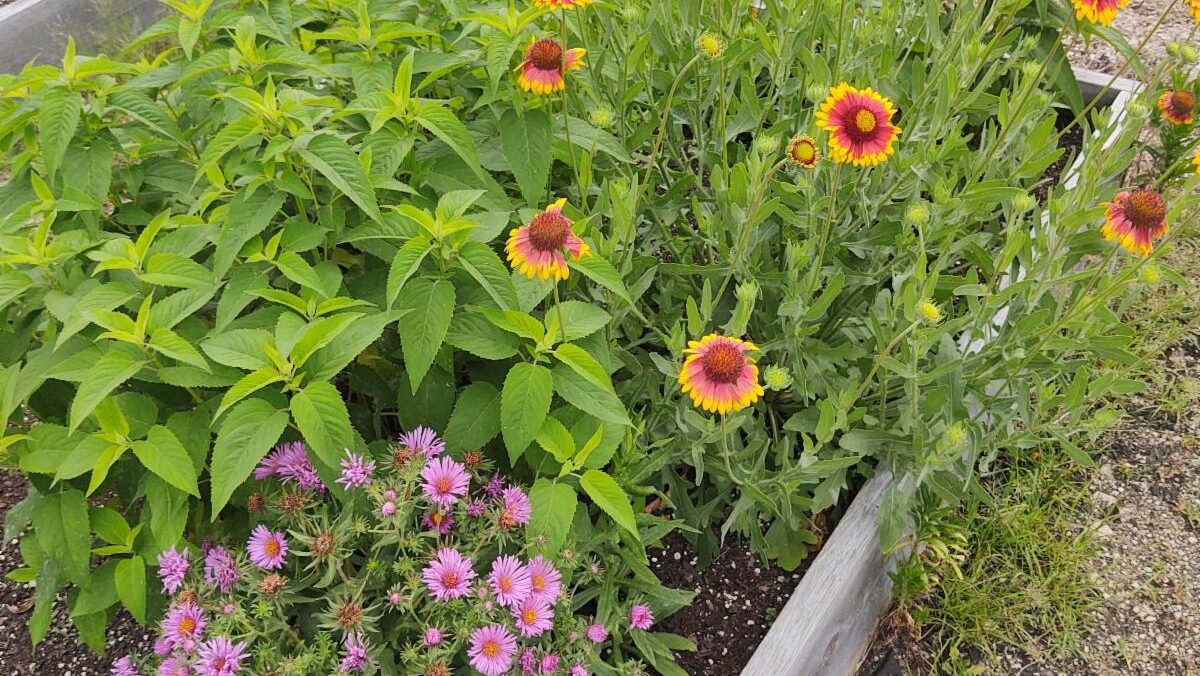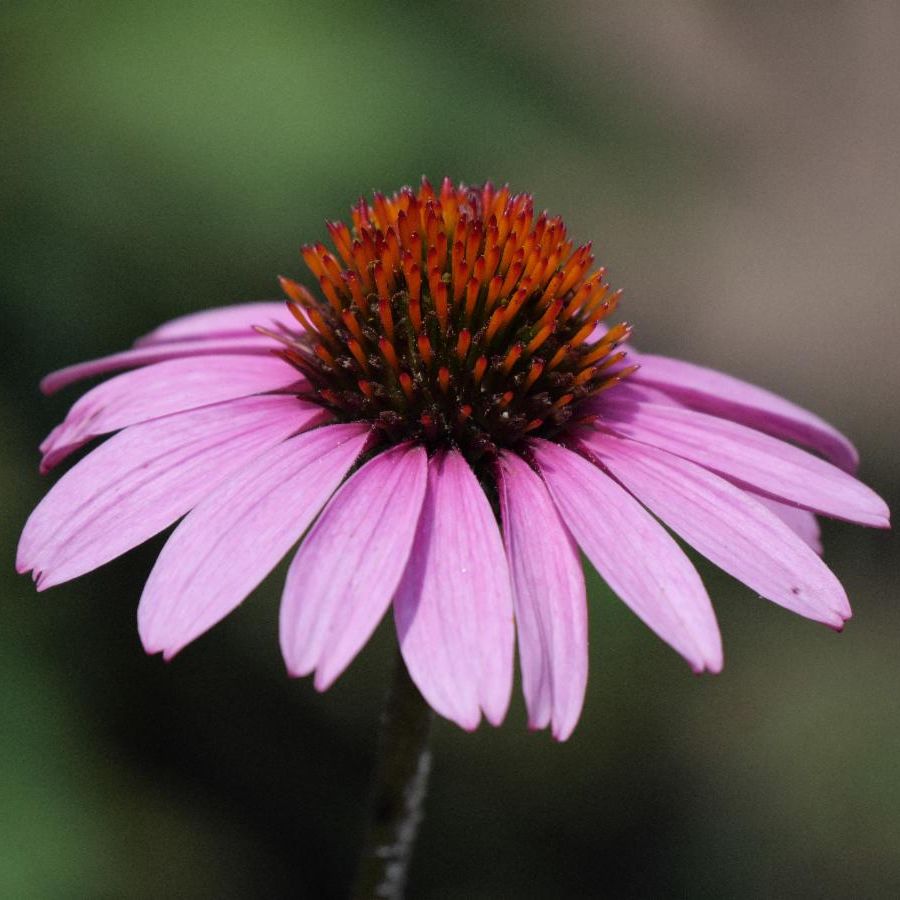Native Plants

There’s a lot of buzz about the benefits of native plants. Let’s take a look at a few of those benefits through our school garden lens.
1. Local Ecosystems
Creating (or protecting) an area that offers an authentic representation of your local ecosystem in (or near) the school garden helps students recognize plants they may observe in their community. Some examples might be goldenrod, Queen Anne’s lace or milkweed. Learning the value of these common plants relative to the local ecosystem may help shift the view of these “roadside” or “wild” flowers to be identified as natives rather than weeds.
2. Low Maintenance
Native plants have evolved over thousands of years to thrive in a specific region. Natives are well-suited to your local climate and soil conditions, often requiring less water, fertilizer and pesticide use. This can mean lower costs for the school garden budget.
3. Biodiversity
Native plants attract a wide range of local wildlife, from pollinators, like bees and butterflies, to birds and small mammals. Students can observe and study these interactions, gaining valuable insights into the importance of biodiversity and learning how each species plays a role in maintaining a healthy ecosystem.

4. Conservation Education
Using native plants in your school garden is an opportunity to instill in your students a sense of responsibility and stewardship toward the environment. You can discuss the threats that non-native species can pose to local ecosystems, emphasizing the importance of conserving and protecting native plants. Learn more from the NC Wildlife Federation about invasive species that you want to be sure to keep out of the school garden.
5. Cultural and Historical Significance
Native plants may hold cultural and historical significance in your community. By incorporating them into your school garden, you can create opportunities to explore the rich traditions and knowledge of indigenous peoples and early settlers. These plants are often featured at historical sites that may be field trips for your class, but why not grow them in your own school garden?
5 Native Plants to Consider in the School Garden
| Scientific Name | Common Name |
|---|---|
| Baptisia australis | false or wild indigo |
| Echinacea purpurea | purple coneflower |
| Pycnanthemum virginianum | mountain mint |
| Asclepias tuberosa | butterflyweed |
| Lobelia cardinalis | cardinal flower |
- Categories: